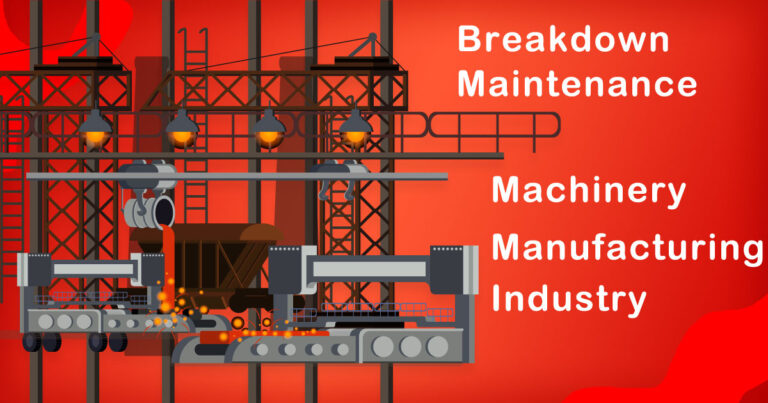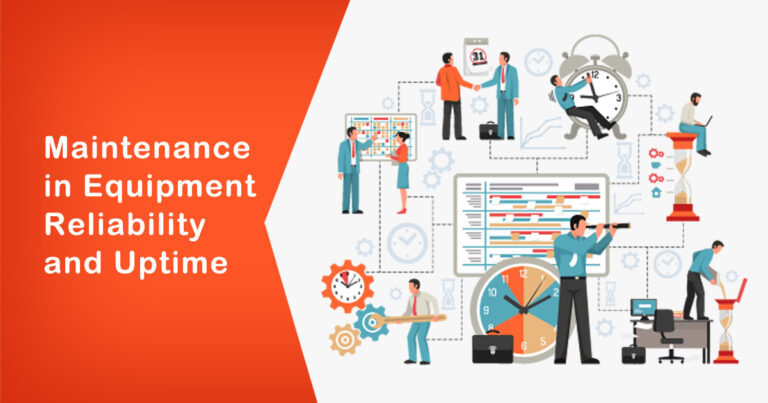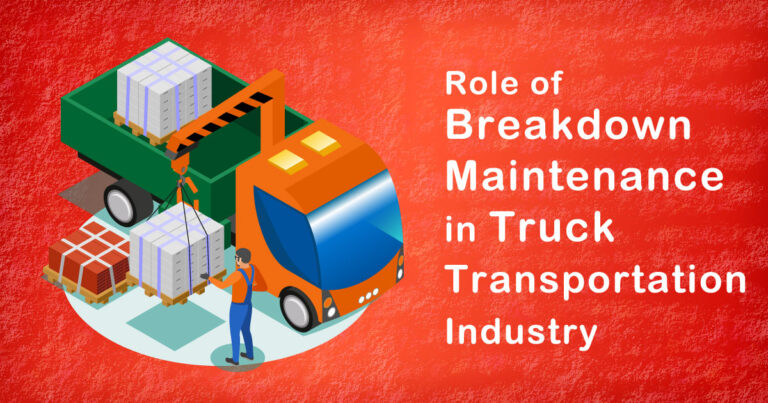Introduction
In the bustling landscape of logistics and supply chain management, warehouses stand as vital hubs ensuring the smooth flow of goods from manufacturer to consumer. However, behind the scenes, an often-overlooked aspect plays a critical role in upholding the efficiency and safety of these facilities: warehouse maintenance. In this comprehensive guide, we delve into the what is warehouse maintenance, its significance, best practices, and its relevance in the Indian context.
Understanding Warehouse Maintenance
Warehouse maintenance encompasses a spectrum of activities aimed at preserving the functionality, safety, and cleanliness of a warehouse facility. It involves regular inspections, repairs, and upkeep of various components such as equipment, infrastructure, and systems to ensure seamless operations.
Significance of Warehouse Maintenance
Efficient warehouse maintenance holds paramount importance for several reasons:
Optimized Operations:
Well-maintained warehouses contribute to streamlined operations, minimizing downtime and maximizing productivity. Regular upkeep of equipment like forklifts, conveyors, and pallet racks ensures smooth functioning, reducing the risk of disruptions.
Safety Assurance:
Safety is a top priority in warehouse environments where workers are often engaged in handling heavy machinery and materials. Adequate maintenance of infrastructure, such as proper lighting, signage, and floor markings, significantly mitigates the risk of accidents and injuries.
Asset Longevity:
Proper maintenance extends the lifespan of warehouse assets, thereby maximizing return on investment. Regular servicing of equipment and proactive repairs prevent premature wear and tear, reducing the frequency of costly replacements.
Regulatory Compliance:
Compliance with safety and environmental regulations is mandatory for warehouse operations. Regular maintenance ensures adherence to these standards, shielding the organization from legal liabilities and fines.
Enhanced Customer Satisfaction:
Efficient warehouse operations enabled by maintenance practices translate to timely order fulfillment and delivery, fostering customer satisfaction and loyalty.
Best Practices in Warehouse Maintenance
Implementing a robust maintenance regime is essential for ensuring the optimal functioning of warehouse facilities. Here are some best practices to consider:
Scheduled Inspections:
Conduct regular inspections of equipment, storage systems, and facility infrastructure to identify potential issues proactively.
Preventive Maintenance:
Implement a preventive maintenance schedule for critical equipment and machinery to address minor issues before they escalate into major problems.
Training and Education:
Provide training to warehouse staff on equipment operation, maintenance procedures, and safety protocols to empower them to contribute to maintenance efforts effectively.
Inventory Management:
Maintain an organized inventory system to prevent overcrowding, minimize clutter, and facilitate efficient movement within the warehouse.
Cleaning and Sanitization:
Regularly clean and sanitize the warehouse premises to uphold hygiene standards and prevent the accumulation of dust, debris, and contaminants.
Emergency Preparedness:
Develop and rehearse emergency response plans to address unforeseen events such as fires, natural disasters, or equipment malfunctions effectively.
Warehouse Maintenance in the Indian Context
In India, the logistics and warehousing sector has witnessed significant growth spurred by rapid industrialization, urbanization, and the e-commerce boom. However, the sector still grapples with challenges such as inadequate infrastructure, fluctuating regulatory frameworks, and a shortage of skilled manpower.
Despite these challenges, warehouse maintenance remains a critical aspect of operations in India. With the implementation of initiatives like the Goods and Services Tax (GST) and the National Logistics Policy, the demand for modern, well-maintained warehouses is on the rise.
In the Indian context, factors such as extreme weather conditions, infrastructural limitations, and unique regulatory requirements necessitate tailored approaches to warehouse maintenance. Strategies may include investments in climate control systems to mitigate temperature fluctuations, strengthening of warehouse structures to withstand seismic activity, and compliance with evolving regulatory standards.
Additionally, leveraging technology solutions such as warehouse management systems (WMS) and predictive maintenance tools can enhance efficiency and accuracy in maintenance operations, further optimizing warehouse performance.
Conclusion
Warehouse maintenance is a cornerstone of efficient and sustainable warehouse operations, ensuring optimal functionality, safety, and asset longevity. In the dynamic landscape of the Indian logistics sector, prioritizing maintenance efforts is essential for meeting the evolving demands of modern commerce. By embracing best practices, leveraging technology, and adapting to local challenges and regulations, warehouse operators can navigate complexities effectively, driving operational excellence and delivering superior customer value in the burgeoning Indian market.








